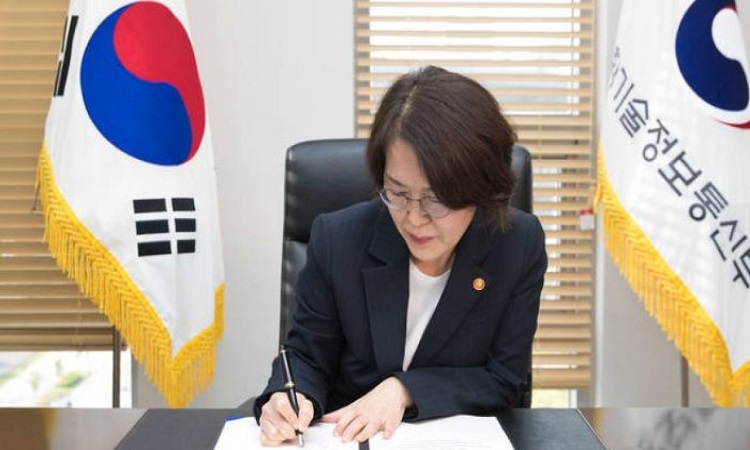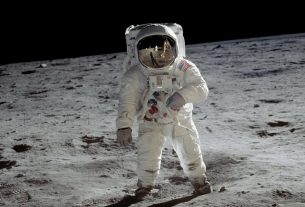South Korea has just signed the Artemis agreements, which govern the fundamental principles that NASA and its partners will have to comply with on and around the moon. This signature comes as the country wants to send a lander to our satellite before 2030.
You will not have missed it: NASA wants to send humans back to the Moon as early as 2024 as part of its Artemis program. The American agency, which wishes to establish itself permanently at the level of the South Pole, is aware that such an ambition can only be supported by international collaboration since, in a few years, several players will share the lunar scene.
That’s why, last year, agency officials developed the Artemis Accords, which enumerate the “rules of conduct” that NASA and its partners will have to adhere to in this lunar exploration. These agreements aim to create “a secure and transparent environment that facilitates exploration, science and commercial activity from which all mankind can benefit,” the description read.
South Korea on the list
So far, the United States (naturally), Australia, Canada, Italy, Japan, Luxembourg, United Kingdom, United Arab Emirates and Ukraine had all signed these agreements. South Korea is now on this list. The country’s Minister of Science and ICT, Lim Hyesook, signed the document at a ceremony in Seoul on May 24.
“I am delighted that the Republic of Korea has made a commitment to the Artemis agreements. Their signing demonstrates the strong global momentum for our approach to exploring the moon to Mars, ”said NASA Administrator Bill Nelson. South Korea is also the first country to sign under President Biden’s administration.
On the Moon by 2030
The signing of the agreements comes as South Korea prepares to embark on the first in its lunar exploration program. The country is currently developing an orbiter – Korea Pathfinder Lunar Orbiter (KPLO) – scheduled to be launched aboard a SpaceX Falcon 9 rocket as early as 2022. The spacecraft will carry a five-meter resolution camera, a wide-field polarized camera, a magnetic field sensor and a gamma ray sensor, all developed by South Korea.
Another payload, supplied by NASA, will analyze the reflectance of permanently shaded lunar regions in order to map possible deposits of water ice.
Even more ambitious, last March, South Korean President Moon Jae-in also announced the development of a lander aimed at landing on the Moon by 2030. To do this, the country is also working on its own launcher. – the Korea Space Launch Vehicle, or Nuri – whose first flight is currently scheduled for next October.

Email: ben@satprwire.com Phone: +44 20 4732 1985
Ben has been listening to the technology news for quite some time that he needs just a single read to get an idea surrounding the topic. Ben is our go-to choice for in-depth reviews as well as the normal articles we cover on a normal basis.


